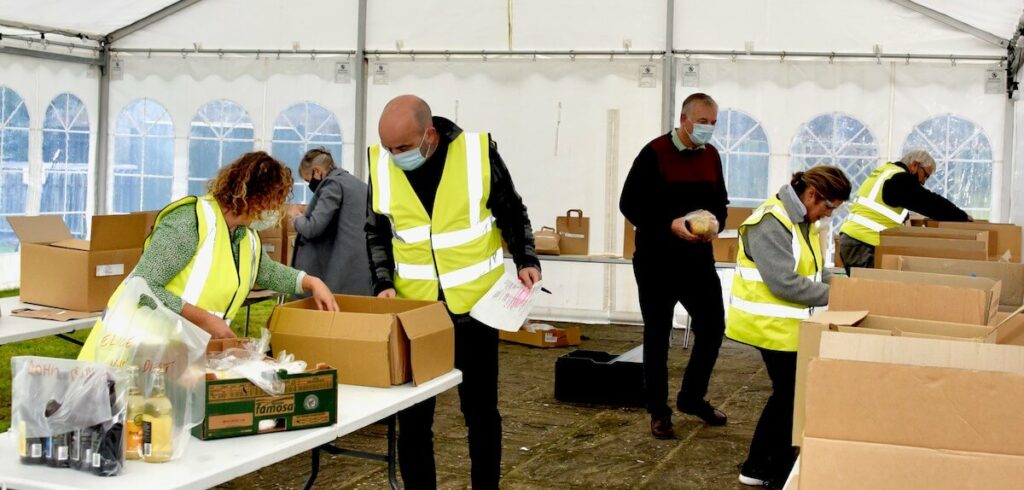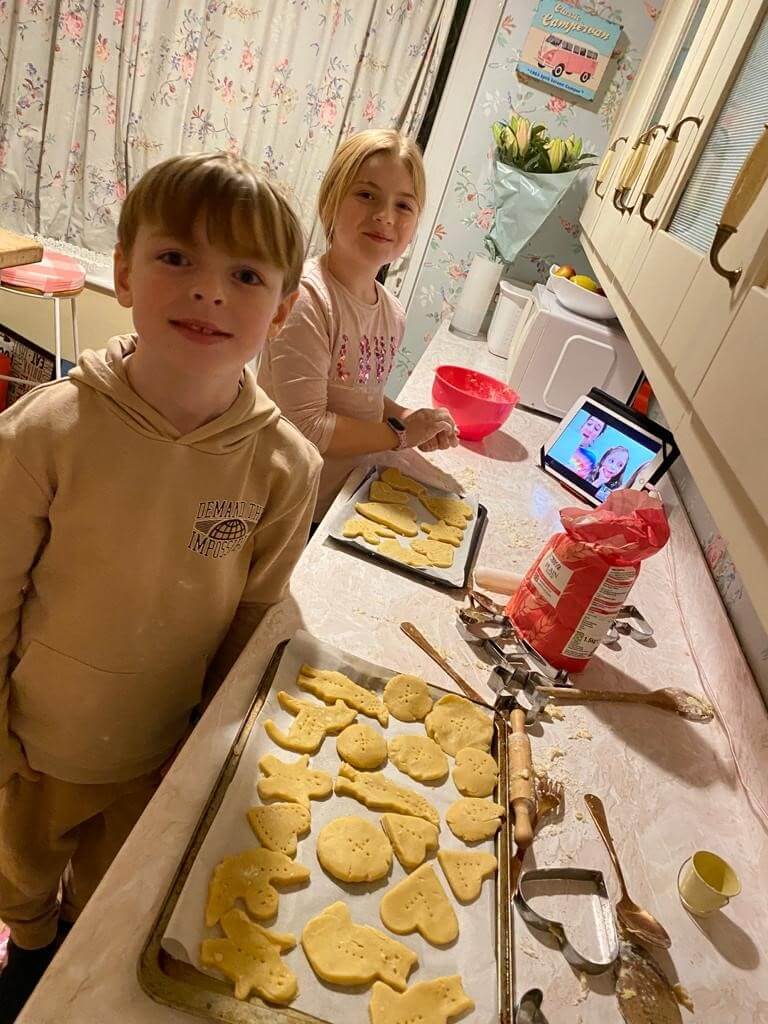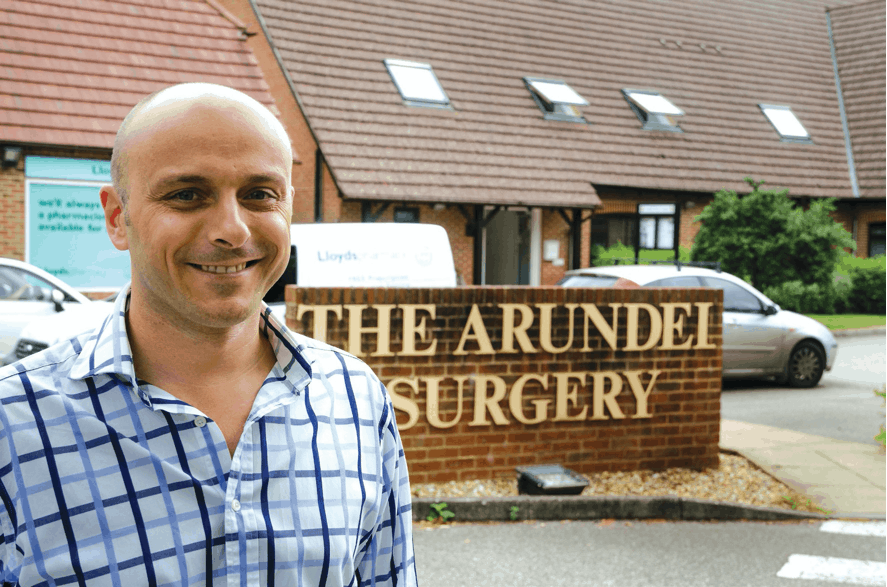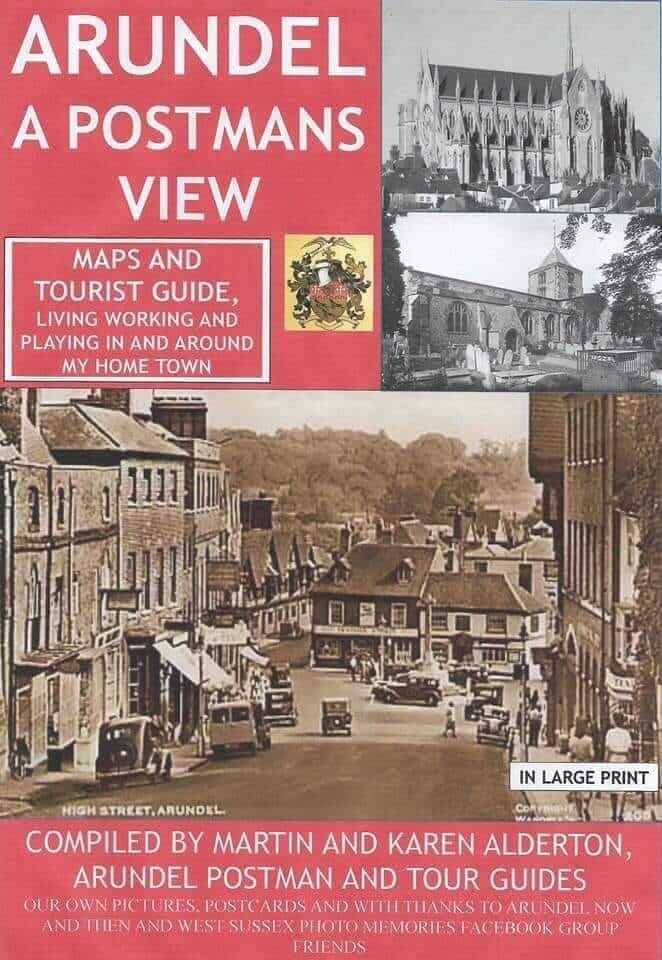Community header template
- Home
arrow_drop_down
- News
arrow_drop_down
- What’s On
- Local Information
arrow_drop_down
- Community Groups
arrow_drop_down
- Business Support
arrow_drop_down
- Advertising Rates
- Business Networks
- Akin Arundel
- Arundel Chamber of Commerce
- Consultants, Admin Support & Office Space
- Film Location & Production Support
- IT & Technical Support
- Legal, Financial Planning, Accountants And Insurance
- Local Publications And Media
- Marketing, Printing & Digital
- Business Newsletter
- Local Directory
arrow_drop_down
- Estate & Lettings Agents & Architects
- Health, Beauty & Wellbeing
- Home & Gardening Services
- Legal, Financial Planning, Accountants And Insurance
- Photographers, Fashion & Lifestyle
- Retirement, Care & Funeral Services
- Travel, Holidays & Languages
- Tradesman, Builders and Property Services
- Vehicle Repairs, Storage, Hire & Taxi Services
- Weddings, Events & Entertainment
- Contact
Adapting To The Covid-19 Pandemic

Originally published Spring 2021, by Tony Hunt, with additional research by Sharon Blaikie
THE pandemic has changed the way that we live. In this article we have spoken to a small number of the Arundel businesses and organisations which have faced the challenges of Covid-19 and refused to be beaten by them. In some cases they have adapted to new ways of working that they will retain in the future. Others can’t wait to get back to how things were.
Re-shaping Tradition: Arundel Castle
It was the day when the castle should have re-opened and the first visitors of 2020 should have been streaming through the gate. But the gate was closed. Stephen Manion, the Castle Manager stood in the castle with a small number of his staff. “The Castle had never felt so empty”.
So Arundel Castle took the glorious Tulip Festival, tours of the castle, and the previous year’s history events on-line. The new website became the castle’s main communication tool.
The grounds were able to open in July, and those parts of the castle where social distancing was possible followed in August. One-way routes were applied to some areas. Visitor numbers were limited and timed pre-booking required.
Stephen thinks that the pandemic has made him more inclined to challenge traditional ways of doing things. Printed promotional leaflets are a staple item
of visitor attractions, but in 2021 he is not doing any, “the pandemic has accelerated our transition to a more complete digital approach”. On-line and contactless payment for tickets will be retained as a way of reducing queues at the entrance.
One thing will not be retained: “If I never do another virtual meeting it will be too soon. The creativity and exchange of idea needs real people in real places in real time”.
Shopping safely, shopping local: The Farmers Market
The Council took over the market in April 2020, with exciting new plans. Then came lockdown and everything was postponed until July. “And then with the ever- changing restrictions, each month it has been like organising a whole new market” explains Cllr. Michelle Scott, leader of the Farmers Market working group.
The market had both to be safe and be seen to be safe. Sanitizers at entry points, one way systems and queue management were all marshalled by “our wonderful volunteers”. Partial and full road closures were trialled in October and December so that people could socially distance. “The working group met after every market to talk about what had worked and what could be improved”. In November and January the market moved to a “click and collect” on-line pre-order system. “Arundel Lido were amazing. They offered us the use of their marquee and car park so we could collate orders and customers could collect their shopping”. Michelle sees this as one of the upsides of the pandemic, that people have worked together, shared learnings, deepening relationships and trust. Despite all the problems, the community and traders alike have engaged with the market, which enables residents to “shop local”.
Personal Service: The Book Ferret
We are reading more but you can’t browse in a bookshop during lockdown. So Sarah Meadham at The Book Ferret has used social media and email to recommend books, which have been hand-delivered, posted or collected from the shop doorstep, because “books are so important to wellbeing”.
Re-opening presented different problems-“People like taking their time browsing, which is difficult when the numbers of people in store are limited and other customers may be kept waiting outside”. So shopping appointments were offered to those who wanted extra time or to have the shop to themselves. These have worked well, and Sarah will continue to offer them in the future. So what has the pandemic shown? “It has highlighted what I already knew that customers appreciate a personal service”.
Keeping the Girls’ Spirits High: Arundel Brownies and Rainbows

Photo: Brownie Coco Smith in an online cooking session with her brother Ozzy
Two weeks before the 1st Arundel Brownies were due to celebrate their centenary, the first lockdown was announced. In the middle of a meeting, Brown Owl Rachel Stanford was told “watch the news…we are going to close”.
Rachel was not going to let that happen. “We couldn’t meet face to face, but we needed to support the girls and keep them motivated for their own mental wellbeing. Some were the only children in their families and might not see anyone but their parents during lockdown”.
The Arundel Brownies and Rainbows were the first group in their district to move on to Zoom. “None of us were very tech savvy, but it’s surprising what you can learn to do”. On Zoom, Brownies and Rainbows made pizzas, held remote sleepovers, decorated Christmas cakes, did craft work, played Bingo, and observed VE Day. “Some of the girls have been hit hard by lockdown so we’ve tried to keep their spirits high each week”.
Will they have any future meetings on Zoom when the pandemic is over? Rachel doesn’t think so. “The sooner they can do things together again the better!”
The Arundel Surgery

The NHS guidelines for consultations during the pandemic went against the grain with many GPs. The Arundel Surgery had previously trialled triaging patients by telephone and discontinued it as unsatisfactory. Now they were being asked to reintroduce it, “we were asked only to see patients face-to-face if we really had to” explains Dr. Alex Thornton-Smith. He estimates that 80% of patients have been dealt with remotely during the pandemic.
The reluctance to forgo the face-to-face appointment is not simply sticking to the known and familiar, Alex explains. Sometimes a GP will notice a symptom that is unrelated to the reason why the patient has come to the surgery or will detect breathing patterns that you cannot see over the phone. Sometimes the patient will mention, almost casually, the thing that really worries them. So whilst telephone consultations make sense during Covid-19, “this will not work for the long term. I would be too worried about what I am missing”.
Arundel’s Primary Schools
The speed with which the two Arundel Primary Schools adapted to teaching remotely in 2020 was startling. Many companies would have envied their achievement. It speaks volumes for the leadership teams in the schools, their unswerving commitment to doing the very best for the children and for their ‘preparedness’.
Both Headteachers speak highly of Arundel parents who have scrupulously followed the guideline that only the children of critical workers should come to school, and of the way that staff, parents and the community have worked together to get the best outcomes for the children during the pandemic.
At Arundel Church of England Primary School, Headteacher Andrew Simpson draws an analogy between running a fire drill and ACE’s readiness for the school closure which the government announced on 4th January. At the end of the 2020 summer term ACE’s senior leadership team had reviewed the school’s pandemic experience and had planned how, “if it happened again we would ensure that we put the learning back into remote learning”.
“Equality of education, whether the children are at home or in school is the aim”. Now in each year group every child is being taught the same lessons, by the same teacher, either at home supported by their parents or in school supported by a teaching assistant. The on-line classroom is interactive-children can access educational videos and the library.
For Andrew, this has been a learning experience. ACE can now teach this way effectively. “Possibly the greatest lesson that the global pandemic has taught us is to embrace technology even more to maximise learning opportunities”. The pandemic has also shown the importance of partnerships. “More than ever we have realised that parents can make such a difference to children’s education-as can the wonderfully supportive community”.
St. Philip’s Catholic Primary School
St. Philip’s is open for children of critical workers and for those classed as ‘vulnerable’. School life is based on routine-and for Lucy Horne, Headteacher at St. Philip’s, Covid-19 has meant every routine has had to be changed, from staggered arrival, lunch and leaving times to different demands on staff. And they can’t gather in the staff room for a morale-boosting cuppa. Even holding a staff meeting can be difficult.
St. Philip’s mastered Google Classroom quickly. Every child has daily contact with their teacher who will guide them in the day’s work programme. They can then email their teacher at any time of the day when they have a question, “lockdown is hard work for teachers”.
Lucy is aware that the youngest children are missing out on the socialisation that is an important part of primary school experience. To compensate for this, some lunchtime groups have been established for children to interact with each other, a teacher facilitating but with a very light touch.
Since it is no longer possible for parents to ‘pop in’ and see her when bringing children to school, Lucy is ringing every family regularly, just to check how things are. One call revealed that whilst Mum was on back- to-back Zoom calls for work, an enterprising pupil had Skyped her grandmother in South Africa for help with a piece of schoolwork!
Sharing Arundel’s Story: Arundel Historic Tours

When tours ground to a halt, Martin and Karen Alderton decided to share Arundel in a different way, self-publishing ‘Arundel, A Postman’s View’ and ‘Arundel the Dark Side’, an account of the ghosts and murders in Arundel and surrounding villages. 500 copies of ‘A Postman’s View’ sold in the period May-December and, without any retail stockist, ‘Arundel the Dark Side’ sold over 200 copies in 10 days, many through a free home delivery service (the book is now available in The Book Ferret and McColl’s). Having enjoyed this taster, a number of people have told Martin and Karen that they will be coming for a ‘live’ Arundel Historic Tour when Covid is behind us.
Shopping with Confidence: Fanny Adams
Fanny Adams took every precaution to keep their customers safe. Customer numbers were limited to six at a time, “which easily gave each customer more than 2m to still be socially distanced in the shop” explains owner Kim Bailey. Floor stickers helped people navigate the displays in a one-way system, after they had used the sanitizer.
One innovation was closing the fitting room and guaranteeing that a customer could return clothes after trying them on at home. Clothes that were returned were quarantined for three days. Kim believes that this worked well, “it has encouraged people to buy, feeling reassured that they wouldn’t be stuck with something unsuitable” and returns have been minimal. In fact this is something that she may continue when the fitting rooms are open again, because “people who are in a hurry or who feel uncomfortable trying on clothes in a shop environment will continue to buy without worry”.
